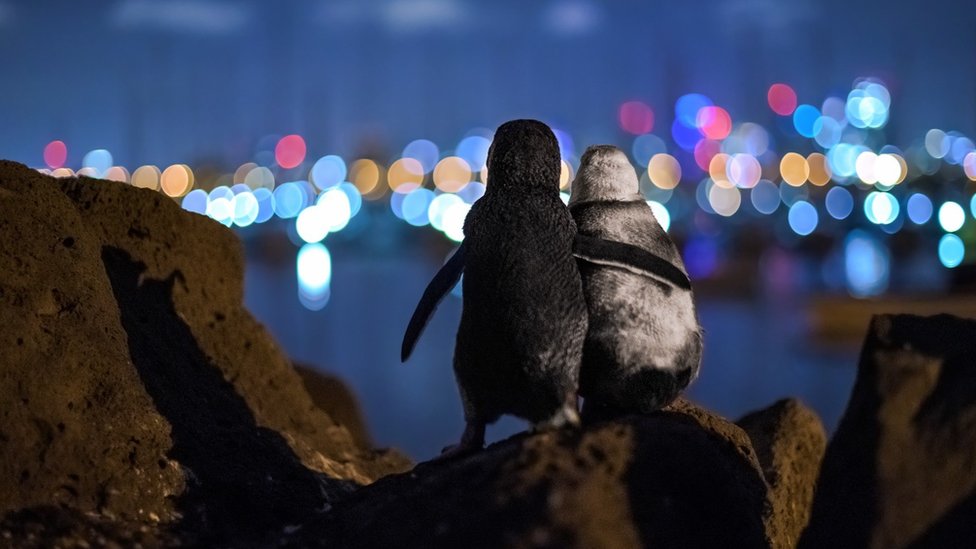
 Alpine musk deer. Photo by Discovery access, JDNP[/caption]
In summer days, they occupy in grassy meadows usually near the river valleys and in winter, they are found in Fir (Abies densa) forest. Musk deer are fundamentally hunted for their highly-valued musk deer pod which is present in the adult male. The presence of scented glands in grown-up male and discharge of fragrance from it makes difference in keeping them isolated in their domain. Musk deer is foremost seasoned and productive of all scented animals item utilized in the perfume industry and medicinal purposes.
Anthropogenic influences such as forest fire, predation, clearing of shrubs for the pasture land (habitat destruction) is observed as some of the preservation threats for Himalayan musk deer other than poaching. Poachers in Bhutan are increasing due to illegal trade and high demand from the Chinese market. It is estimated that one hundred musk deer are killed in Bhutan each year despite the strong patrolling.
Department of forest and the Royal Society for Protection of Nature have stepped up anti-poaching patrols in the highland area and providing smart training to all park staff and leaders of a nomad, increasing their community participation in the conservation of musk deer.
Alpine musk deer. Photo by Discovery access, JDNP[/caption]
In summer days, they occupy in grassy meadows usually near the river valleys and in winter, they are found in Fir (Abies densa) forest. Musk deer are fundamentally hunted for their highly-valued musk deer pod which is present in the adult male. The presence of scented glands in grown-up male and discharge of fragrance from it makes difference in keeping them isolated in their domain. Musk deer is foremost seasoned and productive of all scented animals item utilized in the perfume industry and medicinal purposes.
Anthropogenic influences such as forest fire, predation, clearing of shrubs for the pasture land (habitat destruction) is observed as some of the preservation threats for Himalayan musk deer other than poaching. Poachers in Bhutan are increasing due to illegal trade and high demand from the Chinese market. It is estimated that one hundred musk deer are killed in Bhutan each year despite the strong patrolling.
Department of forest and the Royal Society for Protection of Nature have stepped up anti-poaching patrols in the highland area and providing smart training to all park staff and leaders of a nomad, increasing their community participation in the conservation of musk deer.
Kezang Choden: She is one of the contributors to Biodiversity Nepal from Bhutan. She has completed her M.Sc. in Natural Resource Management from Punakha, Bhutan.









Facebook Comments